We all love plants to brighten up our homes and yards but could you be putting your pooch at risk with your flora and fauna? As a Dog Owner, you need to be aware (and avoid) any plants toxic to dogs. Not only can they cause serious illness, there’s the risk that they can even cause death in some cases.
This is why it’s important to check the safety of any plants before giving your pets access to them. We’ve compiled a quick list of some of the common toxic plants for dogs.
And, because Australians love nature in and around the home, we’ve listed some indoor plants not toxic to dogs – you’re welcome!
Follow this list to ensure your furry friend eats delicious dog food and not poisonous plants.
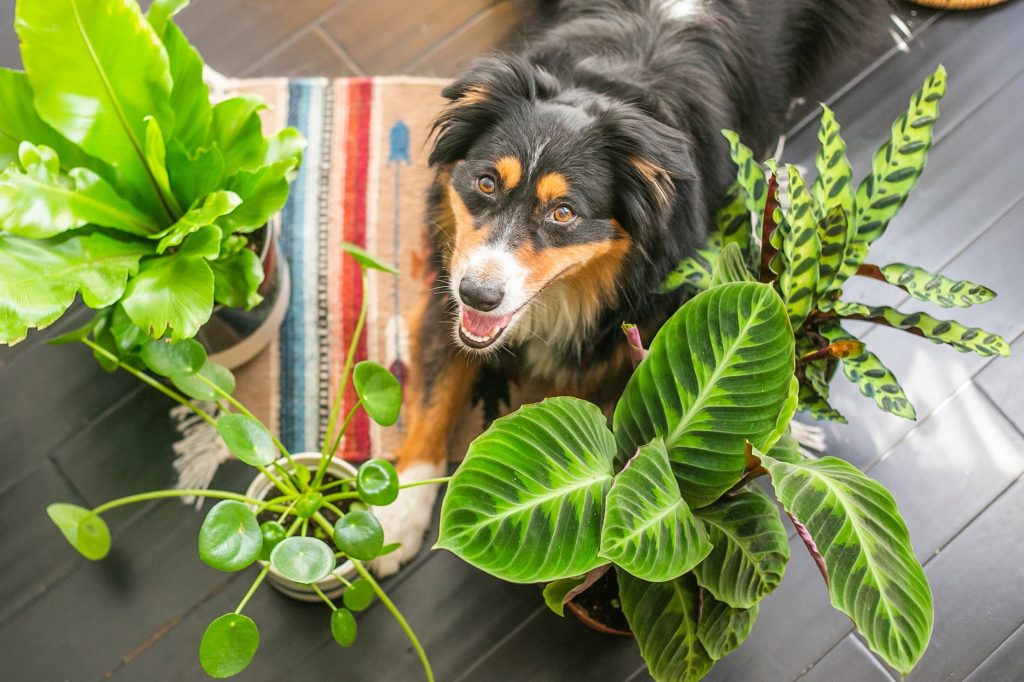 Top 10 plants toxic to dogs:
Top 10 plants toxic to dogs:
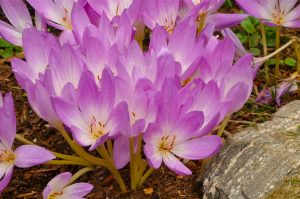
1. Autumn Crocus
Although beautiful, the Autumn Crocus is one of the most toxic plants for dogs. It contains Colchicine and other alkaloid which cause an intense burning sensation in the mouth, vomiting, diarrhoea, seizures, liver, and kidney damage. While the most toxic part of the plant is the bulb, the entire plant is toxic for dogs.
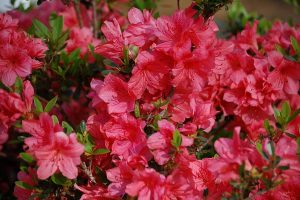
2. Azalea
The Azalea is so poisonous that the ingestion of just a couple of leaves can leave your dog with severe oral irritation, vomiting, and diarrhoea. In severe cases, eating Azalea can cause a drop in blood pressure, coma and death.
3. Peace Lily
A common houseplant, the Peace Lily is a potential hazard to your pooch. If chewed or ingested, it can cause significant irritation of the mouth leading to drooling, vomiting, and difficulty swallowing. As such, it deservedly belongs on any list of plants toxic to dogs.
4. Tulip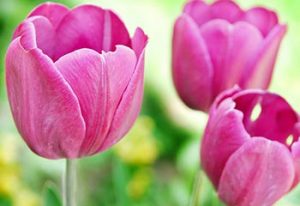
Although the whole of the Tulip is toxic, like most bulbs, the bulb of the Tulip is the most toxic part. Ingestion of this popular flower can cause pain and irritation in the mouth, excessive drooling, and nausea.
5. Daffodil
They may brighten up Spring but the entire Daffodil is thought to be toxic to dogs, although the bulb has the highest toxicity. Like other plants toxic to dogs, when ingested the Daffodil can cause: vomiting, diarrhoea, abdominal pain, convulsions, and a potentially fatal drop in blood pressure.
7. Sago Palm
The Sago Palm is extremely toxic to dogs when eaten, causing bloody vomiting and diarrhoea, bleeding disorders, liver failure, and, potentially, death. Although all of the palm is dangerous, the seeds or “nuts” contain the highest toxicity.
8. Oleander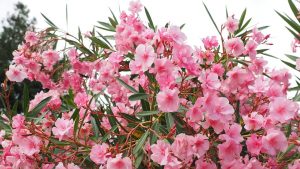
Don’t let its pretty exterior fool you. Oleanders are one of plants toxic to dogs and can quickly cause fatal heart abnormalities, muscle tremors, incoordination, vomiting, and bloody diarrhoea.
9. Cyclamen
Also known as Sowbread, the Cyclamen is popular in households all over Australia. However, it can cause oral irritation, vomiting, diarrhoea, heart abnormalities, seizures, and death if ingested by your four-legged family members.
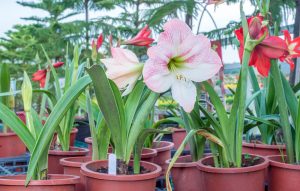
10. Amaryllis
Especially popular around this time of year leading up to Easter, the beautiful Amaryllis is also poisonous to dogs. Its toxins can cause vomiting, depression, diarrhoea, abdominal pain, drooling, and tremors.
Please note that this is not an exhaustive list – there are many more plants and flowers that are poisonous for your pet. You should always check before purchasing new plants for your home.
What to do if your pet has ingested plants toxic to dogs:
If you think your dog has ingested any part of a poisonous plant, don’t wait. Contact your veterinarian immediately for advice. If your pup has any allergies to otherwise non-lethal plants, always inform your trusted Pet Sitter ahead of their booking.
10 indoor plants NOT toxic to dogs
Us Aussies love incorporating vibrant indoor plants into the home. We also love pets! So when sharing living spaces with pets, particularly dogs, it’s crucial to choose plants that aren’t poisonous.
To help pet owners make informed choices, we’ve compiled a list of ten indoor plants NOT toxic to dogs:
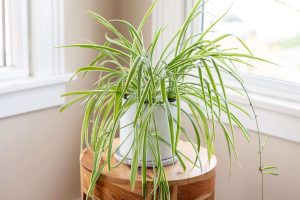
1. Spider Plant
(Chlorophytum comosum)
This low-maintenance plant is not only easy to grow but also perfectly safe for curious dogs. Given those credentials, could any plant be better than this!?
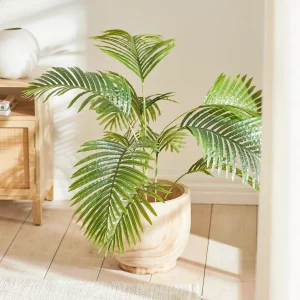 2. Areca Palm
2. Areca Palm
(Dypsis lutescens)
Commonly known as the butterfly palm, this elegant plant adds tropical charm
to your home without posing any harm to pets. You could buy an artificial plant at Adairs, but considering it’s an indoor plant not toxic to dogs, why not just have the real thing!
3. Boston Fern
(Nephrolepis exaltata)
A popular, lush fern that enhances indoor greenery and is completely non-toxic to dogs.
4. Bamboo Palm
(Chamaedorea elegans)
This graceful, tall palm is pet-friendly and ideal for adding height and greenery to your space.
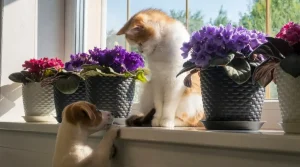
5. African Violet
(Saintpaulia)
With its vibrant flowers, this small indoor plant is both safe for dogs and perfect for adding colour to your home.
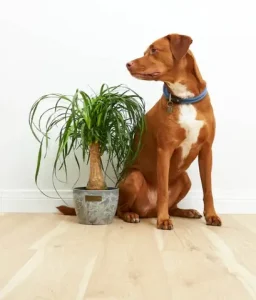
6. Ponytail Palm
(Beaucarnea recurvata)
Known for its unique, cascading leaves, this plant is safe for pets and makes a stylish indoor statement.
7. Calathea
Featuring striking patterns on its
leaves, Calatheas are perfect for those who want to bring a touch of the tropics into their home without compromising the safety of their pets.
They’re native to tropical rainforests, so they do best when placed in rooms with higher humidity – bathrooms or kitchens, or near a humidifier.
8. Prayer Plant
(Maranta leuconeura)
Similarly to the Calathea, the Maranta prayer plant is known for its colourful, patterned foliage…although a little more forgiving in terms of care. Fun fact: the Maranta prayer plant’s leaves fold upward at night, resembling hands in prayer, a phenomenon called ‘nyctinasty’.
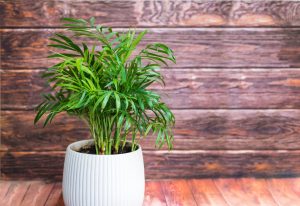
9. Parlour Palm
(Chamaedorea elegans)
A low-maintenance, small palm that brings elegance to your space while being completely safe for pets.
10. Basil
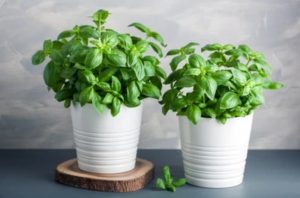
(Ocimum basilicum)
This aromatic herb is not only a great culinary addition but also non-toxic to dogs (and cats), making it a functional and pet-friendly choice. Basil is relatively low-maintenance compared to some other herbs. Just pop it into a pot and let it thrive in a sunny windowsill.

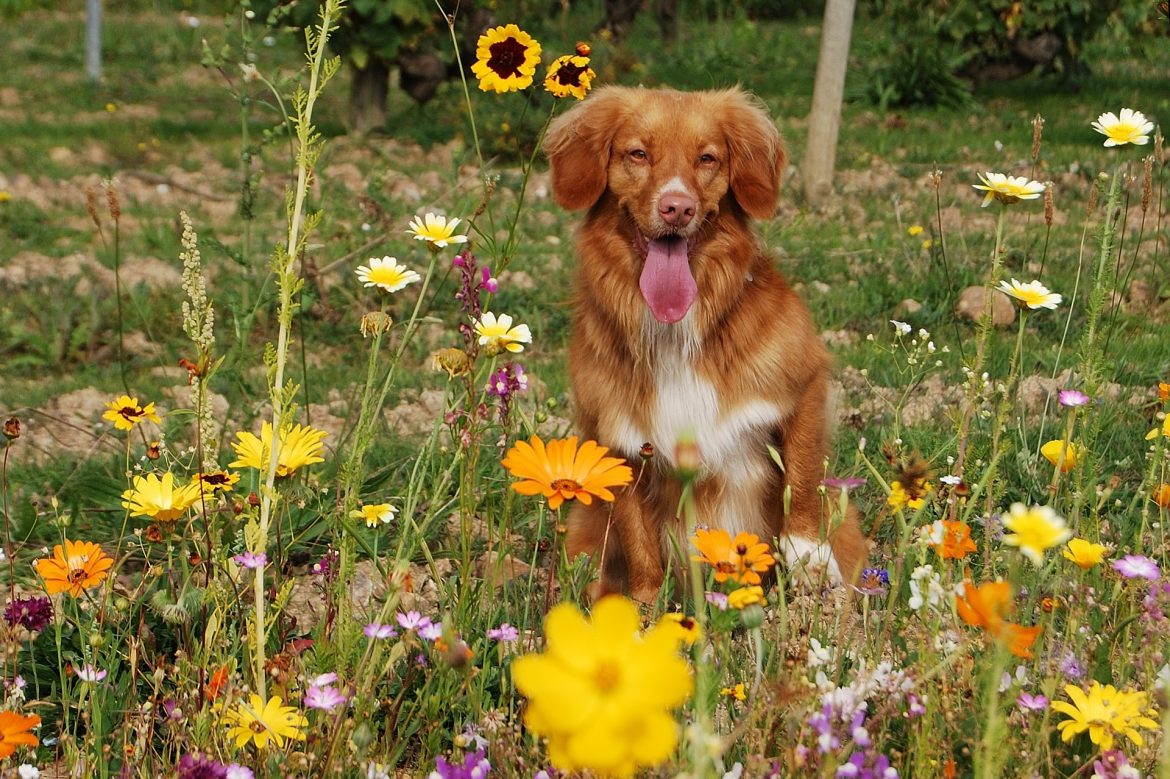
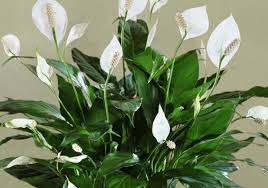
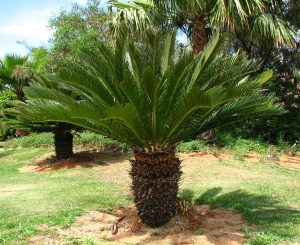
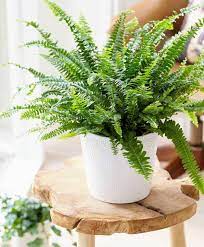
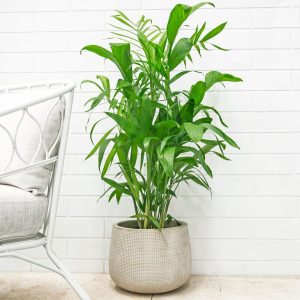
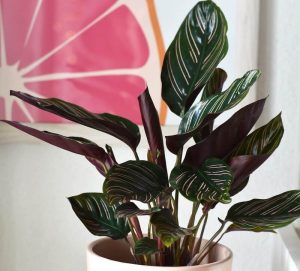
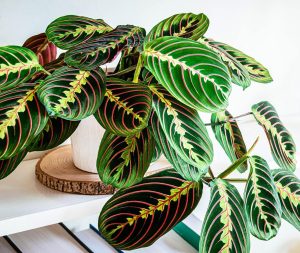
3 comments
My dog had seizures over several days last November which the vet couldn’t find a cause for. He has been on seizure medication ever since without any issue. He has now had another seizure this morning and a suspected one last night. It is 2 days short of being 12 months to the day since his first one last year. This makes me think that it may be environmental but we don’t have any of these plants in our garden or in the neighbours. Does anyone else have any ideas of what could cause this.
Some weeds can cause issues as well suggest you check the are where your dog is sniffing most of the time
It can also just be a severe allergic reaction
There are well over 50 plants that are known to be toxic to dogs not just the ones listed here
Eg tomato plant, aloe Vera,
Etc etc
Check other websites for an alphabetical list